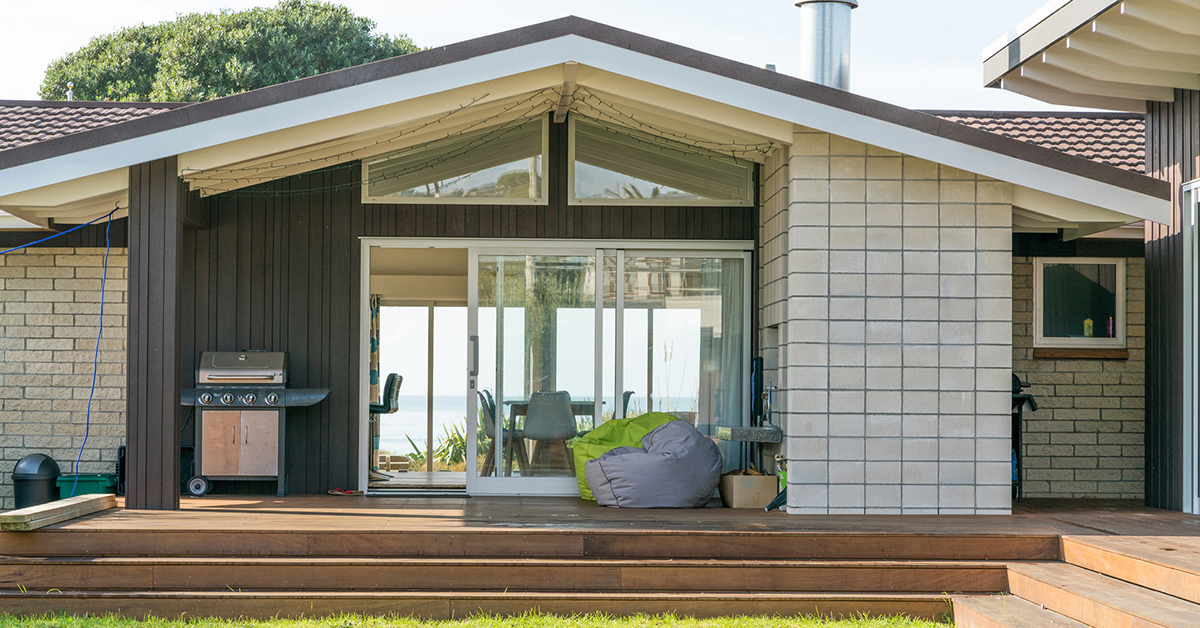Last month’s Full Federal Court decision in the Aussiegolfa case [Aussiegolfa Pty Ltd (Trustee) v Commissioner of Taxation [2018] FCAFC 122] may have resulted in a significant setback to the ATO in its thinking on the sole purpose test but it doesn’t mean SMSFs are free to lease residential property to related parties without restriction.

In the Aussiegolfa case, an SMSF owned units in a unit trust and that trust leased residential property to the daughter of one of the SMSF members. In the original decision, the Federal Court found the lease arrangement with the daughter caused a breach of the sole purpose test but this decision was overturned on appeal.
In short, the Full Federal Court confirmed several factors needed to be considered in order to determine whether the sole purpose test had been breached.
One such factor was whether the SMSF had suffered any detriment or “dissipation” as a result of the lease of the property to the daughter of the SMSF. In this case, the daughter paid rent on arm’s length commercial terms/market rates and consequently the SMSF did not suffer any detriment as a result of her tenancy – the SMSF continued to receive the same return from its investment as it had from previous (unrelated) tenants.
The Court found that transactions between an SMSF (or a trust in which an SMSF invests) and a related party which are undertaken on arm’s length commercial terms/market rates weigh in favour of the sole purpose test not being breached – but this is simply one factor that needs to be considered.
In addition, remember that compliance with the sole purpose test does not mean that other breaches of the Superannuation Industry (Supervision) Act would not arise. In the Aussiegolfa case, the SMSF’s investment in the unit trust was found to be an in-house asset. If the fund had owned the property directly and leased it to a related party, the value of the property would also have been caught as an in-house asset. Remember SMSFs are restricted from having no more than 5% of their assets invested in in-house assets.
The Super Companion is an online resource that's regularly updated and will always reflect the latest rules, changes to legislation, case law or regulator views. You can be confident that the information is up to date and accurate. Learn more and subscribe here.
This article is for general information only. It does not constitute financial product advice and has been prepared without taking into account any individual’s personal objectives, situation or needs. It is not intended to be a complete summary of the issues and should not be relied upon without seeking advice specific to your circumstances.




